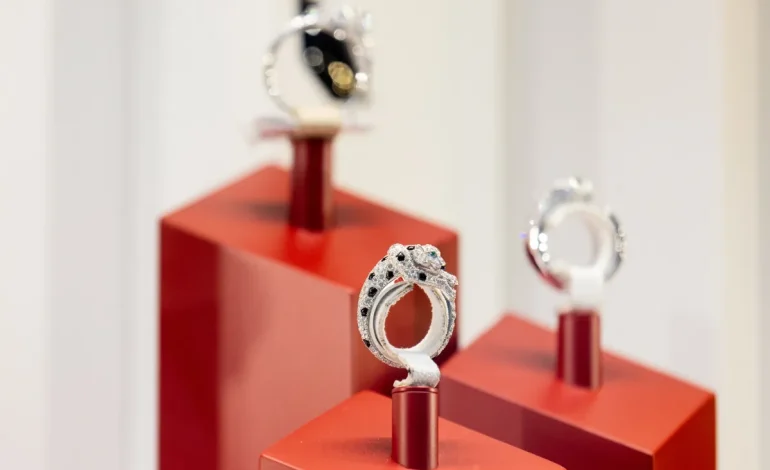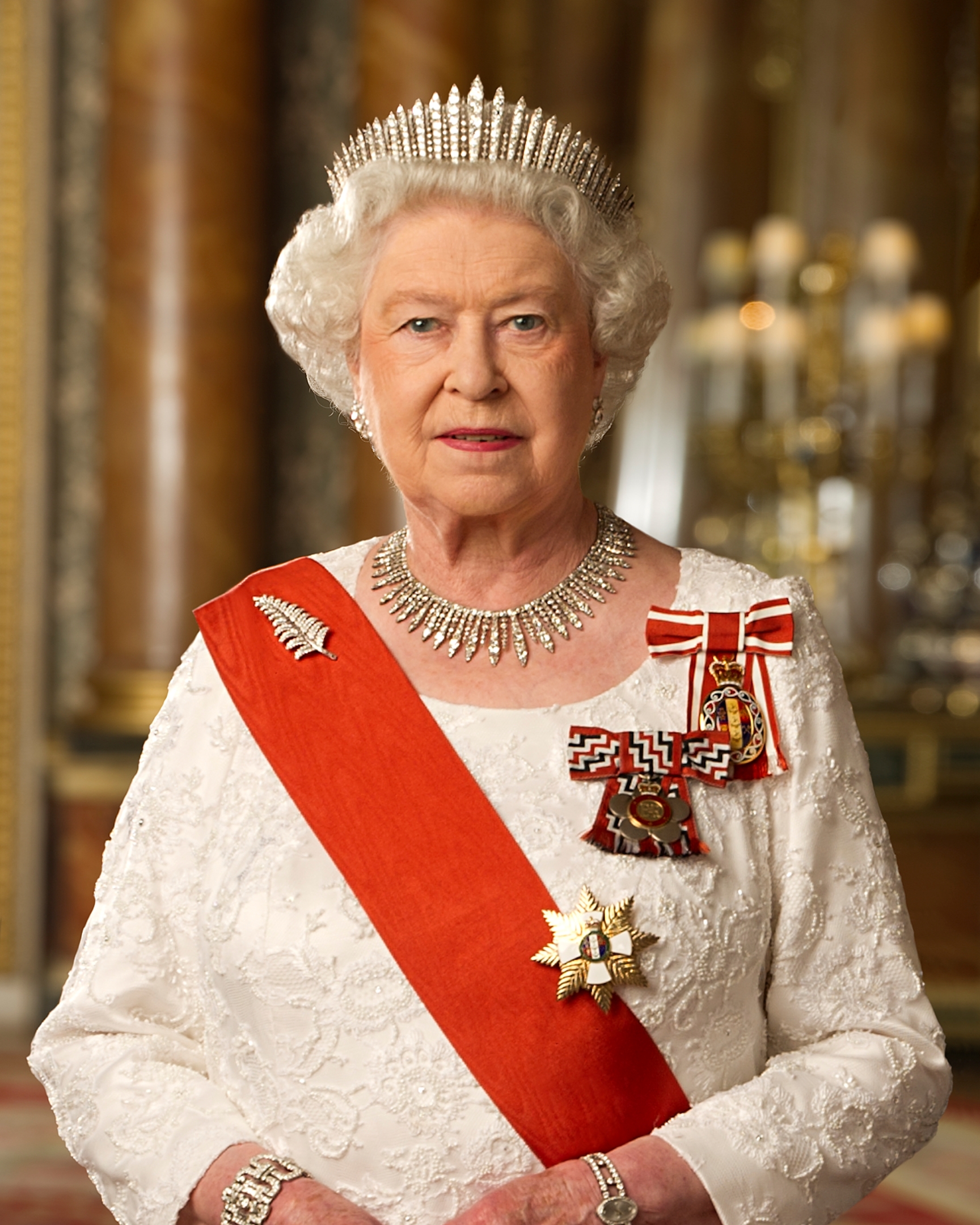Swiss luxury conglomerate Richemont reported stronger-than-expected fiscal fourth-quarter results on Friday, signaling steady demand for high-end jewelry despite broader softness across the global luxury sector.
The group, best known for its flagship brand Cartier, posted a 7% year-on-year revenue increase at constant exchange rates, reaching €5.17 billion ($5.79 billion) for the three months ending March. This figure surpassed analyst expectations of €4.98 billion, as surveyed by LSEG.
The company’s share price responded positively, climbing over 7% in early trading to sit atop the Stoxx 600 index.
Sales were primarily driven by Richemont’s Jewellery Maisons division, which includes Cartier, Van Cleef & Arpels, and Buccellati. The segment saw double-digit growth in the fourth quarter, reinforcing Richemont’s position as a resilient player in a challenging luxury market. In contrast, the group’s specialist watchmakers division, home to brands such as Piaget and Roger Dubuis, experienced a decline in sales, particularly in the Asia-Pacific region. China, the company’s largest market, saw a 23% drop in demand over the year.
For the full fiscal year, Richemont reported a 4% increase in sales, totaling €21.4 billion, narrowly beating consensus forecasts of €21.34 billion. Sales rose across most global regions, with Japan showing the strongest annual growth at 25%, bolstered by favorable exchange rates and tourist spending.
Richemont’s performance stands out in a luxury sector grappling with a deceleration in demand, particularly in China and among aspirational shoppers. While rivals such as LVMH and Kering have reported declines in sales, Richemont’s focus on jewelry—a category perceived as more stable during economic uncertainty—has helped offset some of the market volatility.
Chairman Johann Rupert emphasized the group’s operational discipline and the importance of agility in facing ongoing macroeconomic challenges. Richemont cited pricing strategies, an improved product mix, and greater production efficiency as factors helping to mitigate rising input costs, including those for gold.
Still, analysts have noted persistent risks for the company, including currency headwinds due to the strong Swiss franc, volatility in gold prices, and the impact of US trade tariffs. According to a recent note from BofA Global Research, Richemont’s strong pricing power could provide a buffer against these pressures.
Earlier this year, Richemont reported its highest-ever quarterly sales at €6.2 billion, though demand in China remained subdued. Despite that, the group continues to gain market share in the jewelry segment, which now comprises more than half of its total sales, compared to 36% in 2019.
Shares of Richemont have risen approximately 15% year-to-date, outperforming competitors like LVMH and Kering, whose stocks have declined amid market uncertainty. Analysts remain cautious about the luxury sector’s near-term outlook, with Bain & Company recently downgrading its global luxury goods sales forecast to a potential 2–5% decline for the year.
($1 = 0.8921 €)










The latest news in your social feeds
Subscribe to our social media platforms to stay tuned